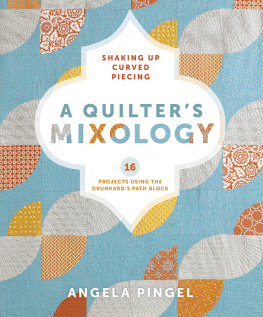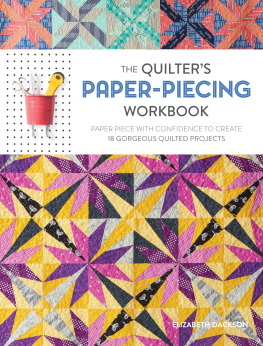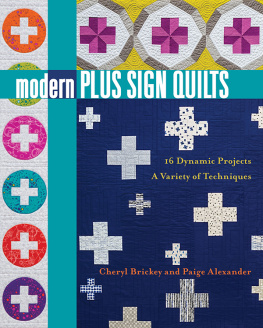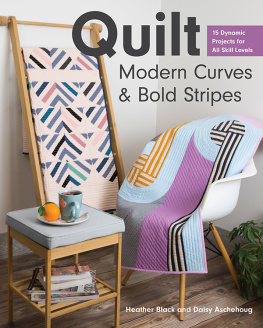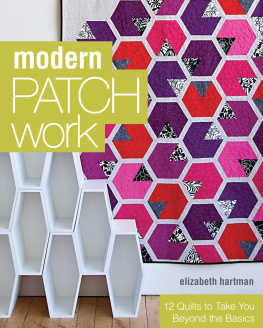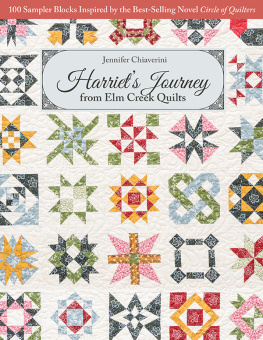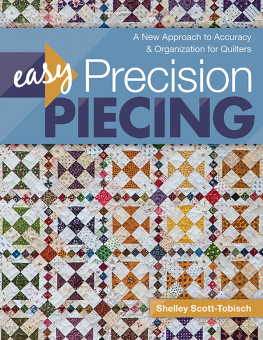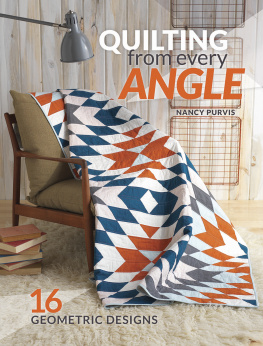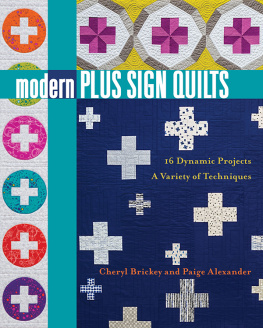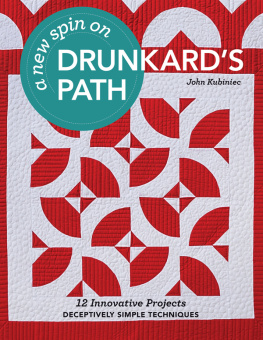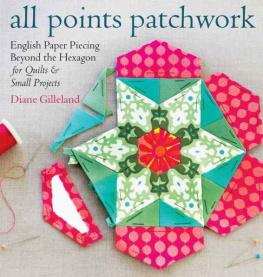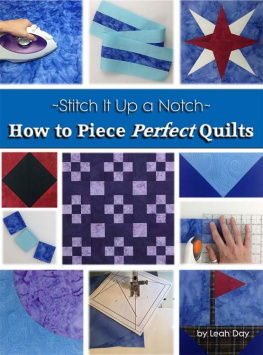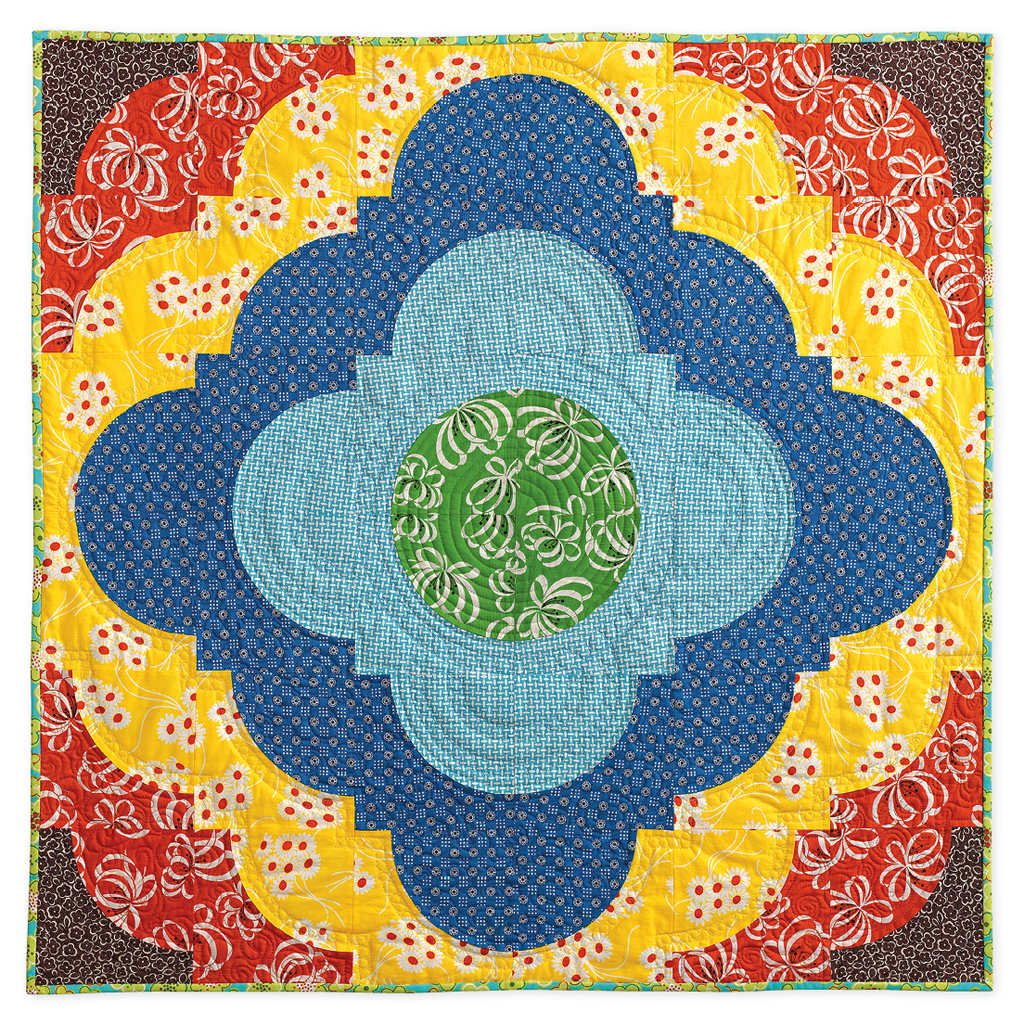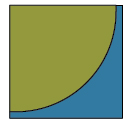A Quilters Mixology
Shaking Up Curved Piecing
16 Projects Using the Drunkards Path Block
Angela Pingel


CONTENTS
A Walk Down Drunkards Path
This book explores the possibilities of quilt design with quarter-circle curves. My own path to quilting started back in my childhood, when I began sewing because I wanted to make myself a dress. I continued to sew garments through my teens and then discovered the world of quilting. Now, Ive become especially intrigued with the possibilities of curved piecing.
The block I chose to explore is a traditional favorite, the Drunkards Path, which is one of the most versatile blocks available to quiltmakers. It has been a popular choice for well over a hundred years.
The blocks name describes its basic design, which suggests the weaving walk of a drunkard staggering homeward. This block was used during the late 1800s and early 1900s by the Womens Christian Temperance Union (WCTU) to express disapproval of alcohol and its use. Such quilts were often made in the WCTU colors of blue and white, which symbolized purity.
However, symbolism aside, Drunkards Path is an intriguing design in its own right. It has been and continues to be a favorite, because it is such an amazingly versatile block.
The classic Drunkards Path block is made up of pieces that are quarter circles drafted on squares. You put the pieces together by sewing a concave curve to a convex curve. These blocks can be arranged in many different ways. The classic Drunkards Path setting is shown below. Different settings can be created simply by rotating the blocks and by playing with the placement of dark- and light-value fabrics. Although the traditional pattern uses just two colorsone dark and one lightthe look can be greatly changed by using multiple colors. There have been lots of variations of the block over the years. Traditional variations and settings have gone by names such as Crooked Road, Devils Puzzle, Love Ring, Wanderers Path, and Wonder of the World.

Clockwise from top left: Classic drunkards path block, devils puzzle block, drunkards path quilt, love ring quilt
When I decided to work with this block, my challenge was to use it in a way that honored its deep, traditional roots and yet also took it to a new place. There is beauty in the original pattern that intrigued me and made me look at the shapes more closely. What exactly were the limitations of this block? In the end, there seemed to be few, and literally hundreds of ideas came to me. The trick became to fine-tune these into usable and appealing quilt designs that could be shared.
When the quarter-circle shape is broken down and taken apart, it can be turned into something entirely new.
is a fresh, updated take on curved piecing.
It becomes a modern and graphic design that reflects the original block but introduces a new vision for using the shape. Some of the designs in this book share elements with traditional variations, while others take off in another direction to create something entirely new.
Taking a tongue-in-cheek approach to the blocks original name, I thought of modern mixologythe art and craft of mixing drinks. Take a little of this, a little of that, and combine them in a new way with a dash of creativity. The result is something fresh, novel, and delectable. Thats what Ive concocted with these projects.
is based on the traditional Love Ring design.
Fearless Curved Piecing
The Drunkards Path block does require curved piecing. As a former garment sewer, I have never been daunted by sewing curves. However, if youre new to it, never fear. In these pages, Ill show you my method for sewing curves with ease. Ill also explain how to cut curved pieces using either an acrylic curve template, the templates provided in this book, or the newer, super-fast die-cutters. Youll be a pro in no time!
This block is made from two basic pieces: a square and a quarter-circle. The square (A) has a concave curve, and the circle (B) has a convex curve. When sewn together with a 14" (6 mm) seam allowance, these pieces become a perfect square.

Note: Before they are sewn, the curves have different diameters, which can be disconcerting when you first look at your templates! But dont worrythey are supposed to be different. They each have a seam allowance added to them. It will all turn out perfectly when you sew them together.
Modern and Traditional Blocks
There are two types of blocks youll be using in this bookthe traditional, or classic, Drunkards Path block, and what I call the modern Drunkards Path block. The latter has a skinny leg on the L-shaped piece and a wider quarter circle.
To help make stitching easier when joining the modern-style A and B pieces, the L-shaped pieces are cut slightly oversized. (The quarter-circle portions are cut to size.) After sewing and pressing the curve, trim to the unfinished block size needed for the project. Its a little extra effort, but youll find its more accurate this way.
Finished Blocks

Traditional block (left), modern block (right).

Finished block
Cutting Curved Pieces
I cut curved pieces from fabric in one of two waysusing templates with a rotary cutter or using a die-cutting machine. The die-cutters are great time savers if you have dies the right size (see ). (Some, but not all, of my patterns are compatible with die-cutters). Paper or acrylic templates can be used in every situation.

